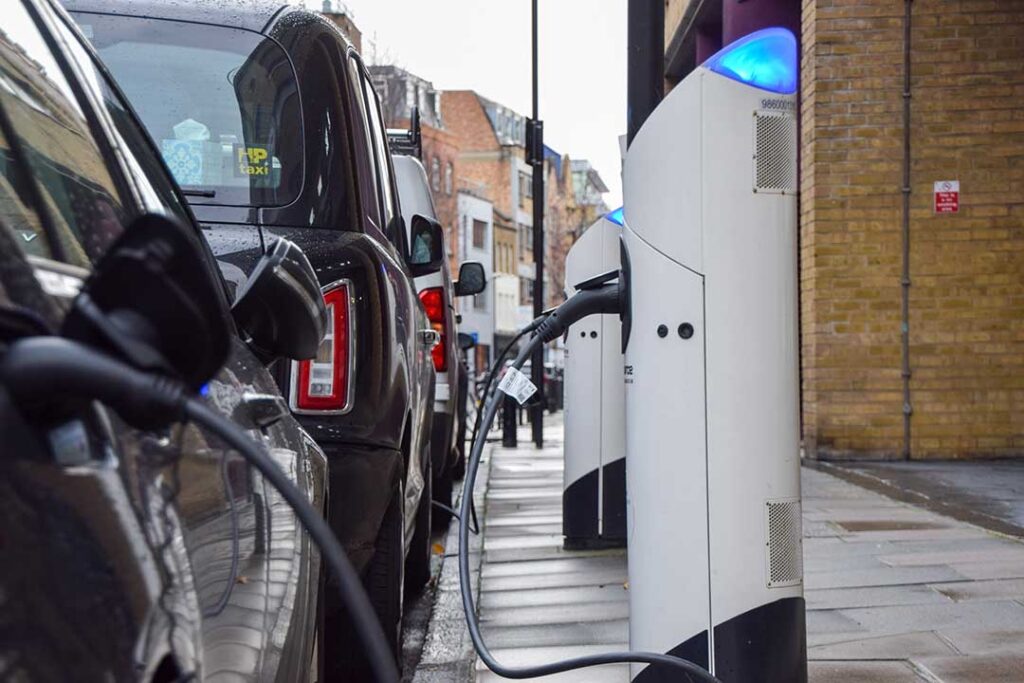The first meeting of the government’s new Solar Taskforce took place in May and focused on how we can maximise the harnessing of solar energy in the UK. The Taskforce emphasised the critical role of solar power in achieving the nation’s net-zero commitments.
Harnessing the Power of Rooftop Solar
Whilst over a million UK homes already benefit from rooftop solar panels, industry leaders can still see the untapped potential of commercial buildings, schools and warehouses. Whilst it may seem obvious to many, these locations possess vast rooftop spaces that could be utilised for solar installations, providing reliable energy, reducing consumer bills and creating high-skilled jobs.
For example, Kent alone has over 700,000 roof spaces that would be suitable for solar panels. If all of this roof space was utilised, there would be the capacity to generate over 3.8 GW of clean energy!

Chris Hewett, chief executive of Solar Energy UK and co-chair of the Taskforce, emphasises the economic advantages of rooftop solar installations. The benefits include dramatic savings on energy bills, the opportunity to be paid for sending excess power to the grid and the potential for enhanced energy storage capabilities through battery systems. By doubling the rate of rooftop installations, the UK can make significant progress towards achieving its solar targets.
Maximising Benefits and Overcoming Challenges
The growing popularity of solar power among the British public underscores the need to address challenges hindering its widespread adoption. The Solar Taskforce aims to resolve stumbling blocks and maximize the benefits of solar energy for the nation. One of the key areas of discussion is enabling cost reductions for households and businesses interested in installing solar panels, making the technology more accessible to all.
Another key challenge in achieving the UK’s ambitious solar targets is determining the most suitable locations for solar installations, whether on land or rooftops. Identifying optimal sites is crucial to maximize solar energy generation and ensure efficient utilisation of available resources.
Many organisations are looking to overcome these challenges, for instance, at Geospatial Insight we have developed LOCATE a solar-suitability dataset and intuitive platform which utilises advanced geospatial analysis and data-driven insights to identify areas with the highest potential for solar energy generation.
Through strategic planning and innovative technology, the nation can harness the full potential of solar power, reducing carbon emissions and driving towards a cleaner and more environmentally friendly energy landscape.

Driving Forward with a Solar Roadmap
To ensure the successful implementation of these revised targets, the Taskforce will publish a solar roadmap in 2024. This roadmap will outline the necessary actions and strategies required to achieve the UK’s solar capacity goals. It will serve as a guiding framework for stakeholders, including industry leaders, policymakers, and the public, and demonstrate the government’s commitment to solar power.
Upskilling the Solar Workforce and Global Opportunities
Meeting the increased demand for solar installations requires an expanded and upskilled workforce. The Taskforce aims to create well-paid, long-term employment opportunities that will support the growth of the solar industry and contribute to the overall development of the UK’s green economy.
In addition to boosting the domestic solar sector, the Taskforce also recognises the potential for UK businesses to export their expertise globally. By securing resilient supply chains and fostering innovation, the UK can position itself as a leader in solar energy, generating opportunities for businesses to export their knowledge and technology worldwide.
Final Thoughts
The UK’s revised solar targets demonstrate the potential to deliver a cleaner, cheaper, and more secure energy future. By increasing solar capacity from 14GW to 70GW by 2035, the country could make significant strides toward achieving its net-zero commitments.
The Solar Taskforce, led by industry experts and government representatives, will play a crucial role in driving forward the adoption of solar power, promoting rooftop installations and exploring the potential of solar farms.
As solar power gains momentum, it will not only reduce carbon emissions but also provide economic benefits, including cost savings for consumers, job creation and opportunities for UK businesses. With a comprehensive solar roadmap and a collaborative approach, the UK is well-positioned to harness the full potential of solar energy and power up Britain for a sustainable future.
If you would like to find out more about our Solar Suitability data, or our other climate-related products, please contact us at [email protected].


